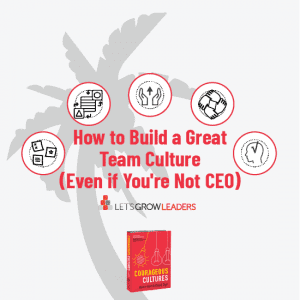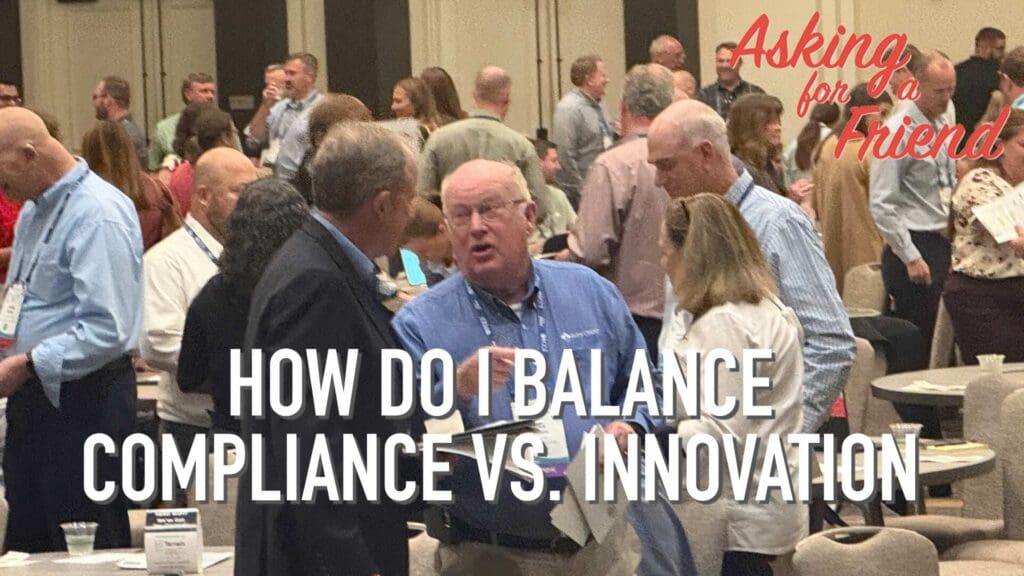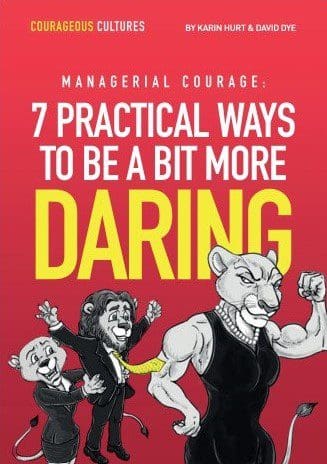How to Sustain a Great Culture Even When Turnover is High
What’s the true cost of high turnover? How do you stop the exodus of great talent? What if you can’t?
Just a few of the questions that keep coming up with almost every senior leader I speak with.
It’s tricky. You can’t control the choices. And, there are more choices than ever.
Low unemployment always makes it hard. But now the war for talent includes the gig economy and rising entrepreneurial opportunities.
What if High Turnover is the New Normal?
I spoke with Bill Ravenscroft, SVP at Adecco, one of the world’s largest staffing companies about some of the patterns he’s seeing, and what advice he has for employers.
Bill shared:
The world of work is changing rapidly. With the convergence of the job market tipping in favor of the candidates, the millennial generation being ushered into the #1 spot as a percentage of our workforce, and the overall unemployment number reaching 50 year lows – companies have the ultimate challenge ahead in attracting the right talent. Going forward, forget about retention, focus on culture.
What we know is that the millennial and Gen z workforce will work for numerous employers over their professional career. Gone are the days of 30 years with one company. They value quality experiences that provide new skills and are not afraid of change. What does this do to your team environment when your planned and unplanned attrition reaches 50% or more in a calendar year? How do you keep your culture intact? Do you have a re-skilling/up-skilling plan to attract and keep this demographic engaged?
So how do you build a great culture when high turnover is the new normal?
Recruit For Culture
I love Seth Godin’s definition of culture,” People like us do things like this.
What are the “things like this,” that are most critical to your culture? And where do you find people with the capacity to behave like that?
In a high turnover world, it’s much easier to execute if you bring in people who are already aligned with your core values, with the capacity to flex and grow. When you’re interviewing, look for candidates with a track record of behaviors that align best with “your things like this,” balanced with a diversity of perspectives and experiences.
Onboard Enthusiastically
Ensure your employees know what matters most from the first day. Expose them to the “why” behind your whats.
Give them the scaffolding they need to feel included and valued. Consider pre-onboarding techniques to get them excited and grounded before day 1. Find ways to tap into their experiences and their best practices so they contribute immediately. The best way to build a great culture is one person at a time. Do everything you can to ensure your new hires feel seen and valued from day one.
Build Teams of Micro-Innovators and Problem Solvers
Your most courageous and creative prospective employees have no desire to sit in a cube and be told what to do. They want to connect, collaborate, and work on bigger problems. They want a voice. And, many yearn to like an entrepreneur and to learn skills that prepare them to compete in that world.
Let them.
Many employers wait until an employee has been around a while before giving them opportunities to contribute at a more strategic level. Or, they give the employee just enough information to do their job, for fear that they’ll take information with them when they leave. So employees feel disconnected, and just keep their heads down and do what they’re told. The fear of high turnover prevents transparency, which ironically drives turnover.
Over-Communicate
When you have high turnover it’s easy to lose organizational memory. Build culture by encouraging storytelling. Communicate your strategic priorities and values more than you think is necessary. If it’s important, it’s worth communicating five times, five different ways.
Keep the Door Open
In a high turnover world, it might be time to revisit your approach to re-hires. You don’t want to rehire the troublemaker or the low performer. But if your rock star leaves for a better opportunity and wants to return a year later, chances are they’re even stronger now with new skills and perspective. Consider expanding your definition of loyalty and allow your best talent to continue to grow. Let them know you have their best interest at heart and that they’re welcome to return when the time is right.
Culture as a Competitive Advantage
I asked Bill about the pattern he’s seeing in what candidates want. He shared:
It is critical to do four things better than your competition:
Be known for…
- being a talent magnet. Build a culture that attracts the best and brightest talent in the market;
- giving employees an opportunity to use their skills on innovative projects and giving them new skills;
- providing opportunities to move on quickly (inside or outside the company);
- creating a lifelong conversation with this population so you can benefit from their experiences again and again.
Culture and innovation will be the currency the best talent will trade on. Know how your culture & company will identify to the market and adjust accordingly.
Your turn: What advice do you have for building a great culture in a high turnover world?
See Also:
How Your Leadership Style Could Be Stifling Innovation and Problem-Solving at Your Company (Entrepreneur)
How to Take Your Retention Strategy to the Next Level (Training Industry Magazine)







I love the idea of focusing on creating a vibrant culture in order to deal with high turnover. Several organizations I am working with now are experiencing this phenomenon. What they have decided to do is offer professional development and ways for their employees to learn new skills. And the employees feel more valued when they can leave their work and spend time developing their careers.
Thanks Karin for a great interview and article!
Thanks so much Terri. I’m so glad to hear that. I’ve also heard the opposite, “why bother developing people who will leave” which can lead to a very slippery slope.
Karin, you have missed the boat on one very important issue–the value of greater diversity and inclusion in a companies culture. Gen Z is the most progressively diverse generation in history. They place great value in the diversity culture in a company and, in many cases, it is factored into their decision to join and even remain with a company. And it is in a company’s best interest to be diverse anyway. According to the latest McKinsey Report, companies that are more diverse and reflect the communities they serve earn a full 35 percent more than their competition. Diversity counts!
Sharon, Thanks so much for weighing in, and I totally AGREE with you! Diversity is so important and it is so true that Gen Z is the most progressively diverse generation so far. Aligning and recruiting for values does not mean you can’t attract a highly diverse workforce, which is what I was trying to articulate in terms of the balance of diversity of perspective and experiences.
I’m really glad you reinforced this point– I should have called it out more boldly. Glad you did! I hope you will join in future conversations as well. Thanks! Karin
Great Stuff! Recruiting and On-boarding are often overlooked for their impact on new employees . The ROI with on-boarding is the highest of any ‘training’ investment a company will make on an employee. Turnover also happens most often early in an employee’s tenure with a company., especially if on-boarding is done poorly.
Another critical element toward optimizing culture is the importance of emphasizing positive, constructive feedback on new ideas and approaches from peers and leaders, and the discouragement of cynicism. Cynicism is very popular today but in fact adds nothing beneficial to a company culture. It is often seen as an entitlement, especially when it is infused with what may be considered ‘humorous’ sarcasm. But once a direction is agreed upon and a decision is made, cynicism, and second guessing are undermining, counter-productive and distracting. Our well-trained military, regardless of whether you agree with their current use or not, is a great example of teams all ‘rowing in the same direction.’
Rich, Thank you so much for expanding the conversation and talking about constructive feedback and discouraging of cynicism. So agree with you!
Do you have some favorite onboarding best practices? I always love to collect and spread those 😉
We spend a lot of time in the question “how can we?” to reverse cynicism… and using our 9 what’s questions to help teams come up with solutions… https://letsgrowleaders.com/2018/05/01/9-questions-to-help-your-team-solve-problems-on-their-own/
Thanks for sharing your insights!